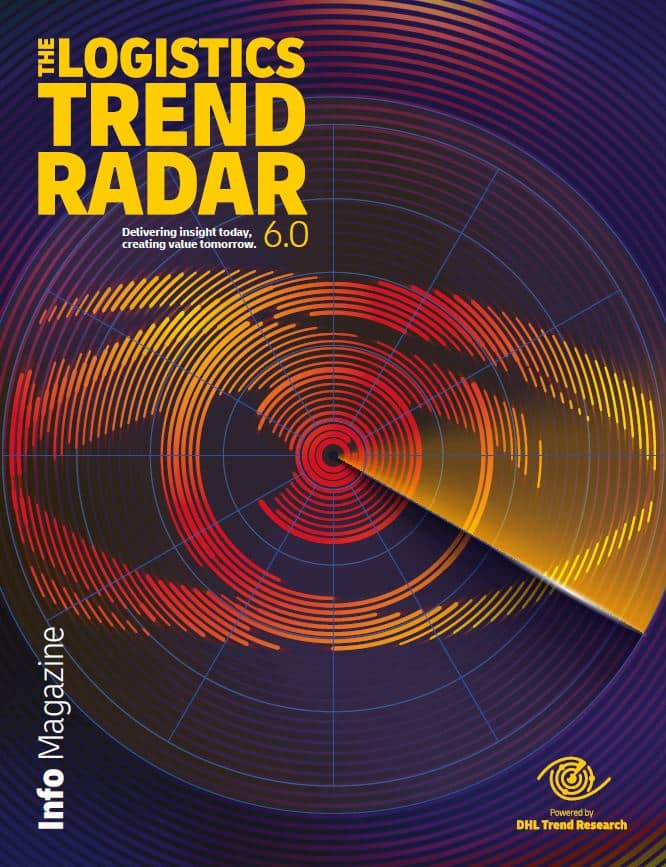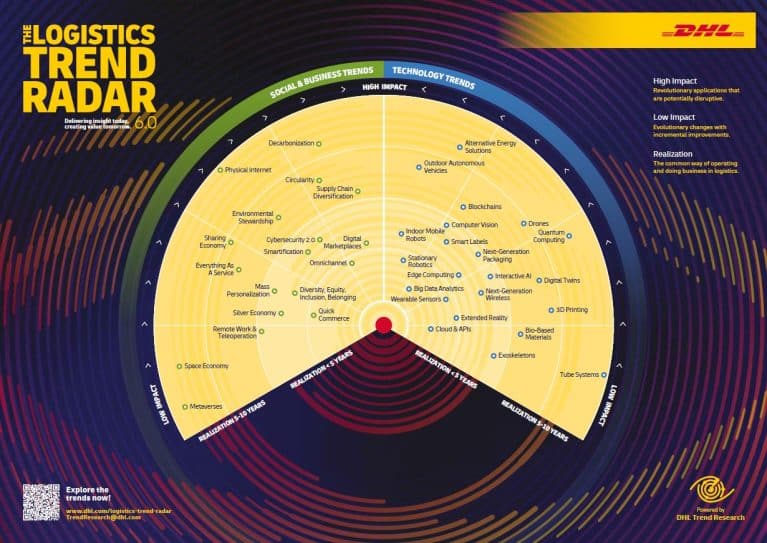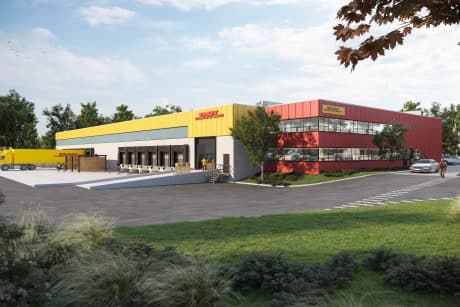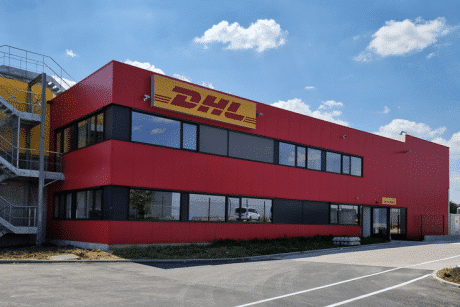In the 6th edition of the DHL Logistics Trend Radar, DHL brings together 40 trends that will help shape the direction of businesses, societies, and technologies for the global logistics community in the next decade. Of those, decarbonisation, robots, big data, supply chain diversification, and alternative energy solutions will have the biggest impact in transforming logistics. The report is the result of an extensive analysis of macro and micro trends as well as the insights from numerous customer engagements and a large partner network including research institutes, tech players, and startups.
“The events in the last two years have shown us the importance of having robust supply chains and logistics. We are therefore seeing businesses transform logistics from a quiet, back-end operation to a strategic asset and value driver,” says Katja Busch, Chief Commercial Officer DHL and Head of DHL Customer Solutions and Innovation. “We believe that being successful in the future requires inspiration and innovation, open exchange, and intense collaboration. By sharing the 6th edition of the DHL Logistics Trend Radar, we invite customers and partners to jointly shape the era of logistics.”
DHL Logistics Trends Radar: new trends
“The DHL Logistics Trend Radar is used like the North Star to navigate the future by our customers, partners, and colleagues. It has now been in existence for nearly 10 years,” adds Klaus Dohrmann. He is VP Head of Innovation Europe, DHL Customer Solutions & Innovation. “In this year’s edition, we introduced new trends that became more relevant to the logistics industry. Trends like Computer Vision, Interactive AI, Smart Labels and DEIB (Diversity, Equity, Inclusion & Belonging). Many other trends are further clarified from the previous edition to offer more detail.
The fifth-edition trend Sustainable Logistics was the hottest topic of last year. It is further split into circularity, decarbonization, alternative energy solutions, and other trends. Sustainability is definitely still a top-of-mind topic for our customers today. However, ensuring resilience in the supply chain is taking center stage in the transformation of logistics. The supply chain status quo narrative of efficiency and operational excellence is now being complemented by an understanding that the supply chain is an essential driver of tangible value creation.”
Supply chain diversification leads to resilience with visibility playing a key role
As climate-related disasters and geopolitical interferences become more prevalent, organizations look into diversifying their supply chains in an effort to make their operations more resilient. Multisourcing, the partnering with multiple competing suppliers, and multishoring, the selecting providers in more or different countries or regions, are some of the strategies that organizations can take. Broadening the supplier ecosystem and expanding manufacturing and distribution networks can achieve increasing resilience, agility, responsiveness, and competitiveness.
76% of businesses surveyed are planning to make significant changes to their supplier base within the next two years to ensure supply chain resilience. The key to building resilient supply chains is having visibility. In this case, big data helps to analyze large quantities of data. It can reveal past patterns, highlight real-time changes in the status quo, and create predictions and forecasts for the future.
The organisations seeing the greatest gains in their supply chains are those capable of analyzing vast quantities of quickly accruing, unstructured data. Organisations that only look at core transactional data are missing out on visibility opportunities. Digital twins are another emerging trend to help with business visibility. They can reinforce predictive maintenance procedures in operations, reducing industrial breakdowns by 70% and keeping supply chains running. Computer vision – another example – enables more efficient processes and more secure operations.
Environmental sustainability at the top of everyone’s agenda
The topic of environmental sustainability continues to gain relevance in the world. This year’s report further delves into specific sustainability trends, expanding into systems and processes and not just technologies. New trends that carry a significant impact are decarbonisation, alternative energy solutions, circularity, and environmental stewardship. In the trend of decarbonisation, the World Economic Forum recently found that a net-zero supply chain will, on average, increase prices by no more than 4%.
With many customers now willing to pay extra for more sustainable options, companies are investigating the various existing decarbonisation solutions for their supply chains. 85% of consumers have become ‘greener’ in their purchase behavior in the last five years. 65% are making modest to total lifestyle changes. It pushes companies to inspect ways to make their products greener, often focusing on their supply chains. Regarding alternative energy solutions, companies should investigate in planning an electric fleet.
Of the $755 billion invested in the energy transition in 2021, 36% was invested in electric transport. One trend that has the potential to change business models is circularity. Currently, only 8.5 per cent of society’s total material consumption is recycled or reused. Logistics organizations face major opportunities in all supply chain segments. They need to improve their sustainability effort with circularity principles, and thus respond to the needs of their customers.
Automation and efficiency brings forth the biggest opportunity for increased productivity
Companies will need to start looking into automation and efficiency technologies in order to keep up with consumer demand. Important trends are indoor mobile robots and stationary robots, further extending a hand to staff on the ground. Indoor mobile robots have greatly diversified over the years with continual technological advancements. These indoor mobile robots can now move goods from one point to the other. They can help with loading and unloading containers or trucks and even assist in facility support with cleaning and security. Stationary robots on the other hands can be placed strategically in warehouses or hubs to optimize processes. In the future, it will be impossible to imagine logistics without automated processes using collaborative robots.
With Innovation Centers in Germany, Singapore, the USA, and the UAE, DHL is pioneering the future of logistics. These creative hubs host workshops, innovation center tours, events, and collaborative innovation projects. These initiatives help to better understand customer needs and identify actions to solve key supply chain challenges. DHL takes a focused, user-centric, and systematic thought leadership approach to identify upcoming developments, new best practices, potential industry applications and the impact of these trends on logistics.





